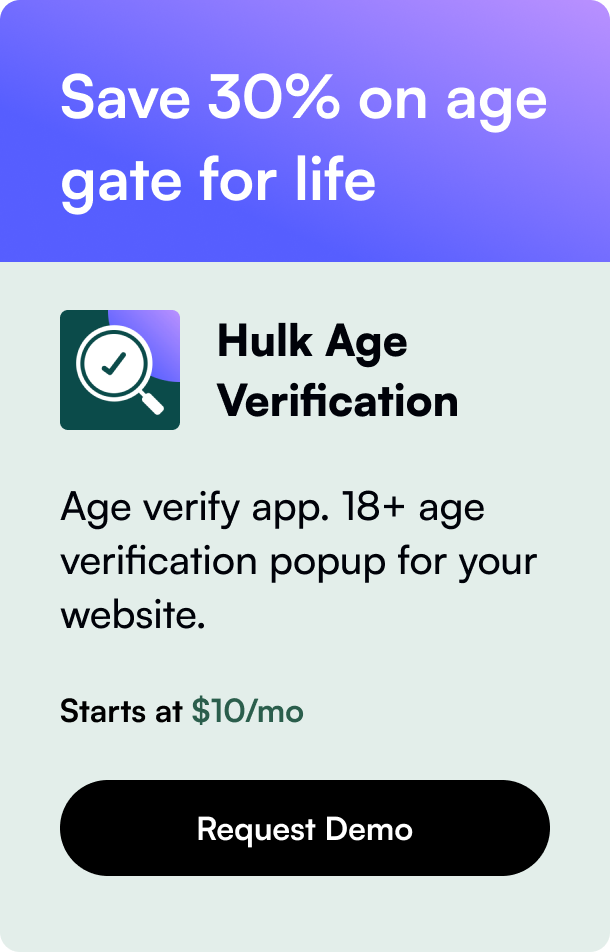Table of Contents
- Introduction
- Understanding the Importance of Shipping Confirmation Emails
- How to Setup Automatic Shipping Confirmations in Shopify
- Integrating Third-Party Shipping Services
- Conclusion
In the ever-evolving world of e-commerce, the details can make all the difference in securing and maintaining customer satisfaction and loyalty. One such detail, often overlooked, is the shipping confirmation email. This piece of communication not only reassures your customer that their order is on its way, but it also serves as a tool for enhancing customer experience and trust. For Shopify store owners, the process of sending these emails should be streamlined and efficient. But what happens when you miss sending a notification, or you need to integrate third-party fulfillment services like ShipStation into your Shopify setup? Let's dive deep into the world of Shopify shipping confirmation emails, covering everything from the basics to integrating with external shipping platforms.
Introduction
Imagine you’ve just made an online purchase. You’re excited, maybe even a bit anxious. Your anticipation builds, but then silence. No confirmation. No indication that your order is being processed or on its way. This silence can be unsettling. Now, flip the scenario. You’re the merchant, and your customer is awaiting that reassurance. This is where the power of a shipping confirmation email shines. In this blog post, you will learn not only how to ensure these indispensable emails are sent automatically but also how to manage exceptions and integrate with third-party fulfillment solutions on your Shopify store.
The purpose of this blog post is to guide Shopify store owners through the nuances of sending shipping confirmation emails, troubleshooting common issues, and integrating with third-party shipping services to ensure a seamless experience for both the store owner and the customer.
Understanding the Importance of Shipping Confirmation Emails
Shipping confirmation emails are not just about informing customers their order is on the way; they are also a critical touchpoint in the customer journey. They can help in:
- Building Trust: Providing timely and accurate order tracking details reinforces credibility.
- Enhancing Customer Experience: Keeping customers informed every step of the way improves their shopping experience and satisfaction.
- Reducing Support Queries: Automated updates can significantly decrease the number of "where is my order?" questions.
- Opportunity for Engagement: These emails can be a powerful tool for further engagement, offering related products, gathering feedback, or encouraging social media interaction.
How to Setup Automatic Shipping Confirmations in Shopify
Shopify makes it easy to send these emails by automating the process. However, it requires understanding the setup to ensure no customer is left hanging. Here’s how:
Default Setting: By default, Shopify sends a shipping confirmation email when you fulfill an order and include a tracking number. To ensure this, visit
Settings>Notificationsin your Shopify admin to verify the default templates are intact and include all necessary information.Adding Tracking Numbers: Whenever you fulfill an order and input a tracking number, Shopify prompts you to send a shipping update to the customer. This process can be automated with the purchase of shipping labels through Shopify or manual entry.
Customization: Shopify allows you to customize your email templates. This is your opportunity to make your shipping confirmation emails resonate with your brand voice. Include persuasive language that encourages further engagement or highlights special offers.
Handling Exceptions and Troubleshooting
Sometimes, things don’t go as planned. Maybe you forgot to tick the box to send a notification email upon fulfillment. Or perhaps you've already added a tracking number but didn’t have the customer’s email at that time. In such cases, you can manually trigger shipping confirmation emails by editing the order and adding or updating the tracking information.
However, this process has its limitations, especially if fulfillment is marked complete. At this juncture, direct communication with the customer or third-party integration tools might come in handy.
Integrating Third-Party Shipping Services
For those leveraging external fulfillment services like ShipStation, ensuring seamless communication between these services and Shopify is crucial. While Shopify excels at managing inventory and processing orders, external services often provide more flexibility with shipping options. The key challenge is ensuring automatic shipping notifications are triggered accurately.
ShipStation Integration: If you're using ShipStation, make sure the integration is correctly set up to communicate tracking information back to Shopify. This involves configuring both Shopify’s and ShipStation’s notification settings to align perfectly, ensuring customers receive timely updates.
App Solutions: Various Shopify apps offer advanced shipping and tracking functionalities, automating not just the confirmation emails but also providing detailed tracking updates to customers without manual intervention.
Conclusion
Efficiently managing shipping confirmation emails is a straightforward process in Shopify, provided you set up your notifications correctly and check all settings, especially when integrating third-party services. Remember, this touchpoint is more than just a transactional email; it's an opportunity to enhance customer experience and reinforce brand loyalty.
FAQs
Can I resend a shipping confirmation email if I forgot to send one initially?
- Yes, you can manually resend a shipping confirmation by updating the order’s tracking information.
How do I integrate ShipStation with Shopify to automate shipping emails?
- Use the ShipStation app from the Shopify App Store and ensure correct notification settings in both platforms for seamless synchronization.
Can I customize my Shopify shipping confirmation emails?
- Absolutely! Shopify allows customizations of email templates to align with your brand voice and style.
What happens if a customer provides their email after I’ve already fulfilled the order?
- In such cases, direct communication might be necessary as Shopify’s default system requires an email at the point of fulfillment for automation.
How can I ensure my shipping confirmation emails are not marked as spam?
- Use clear, concise subject lines, ensure your sending domain is verified, and encourage customers to add your email address to their contacts.









